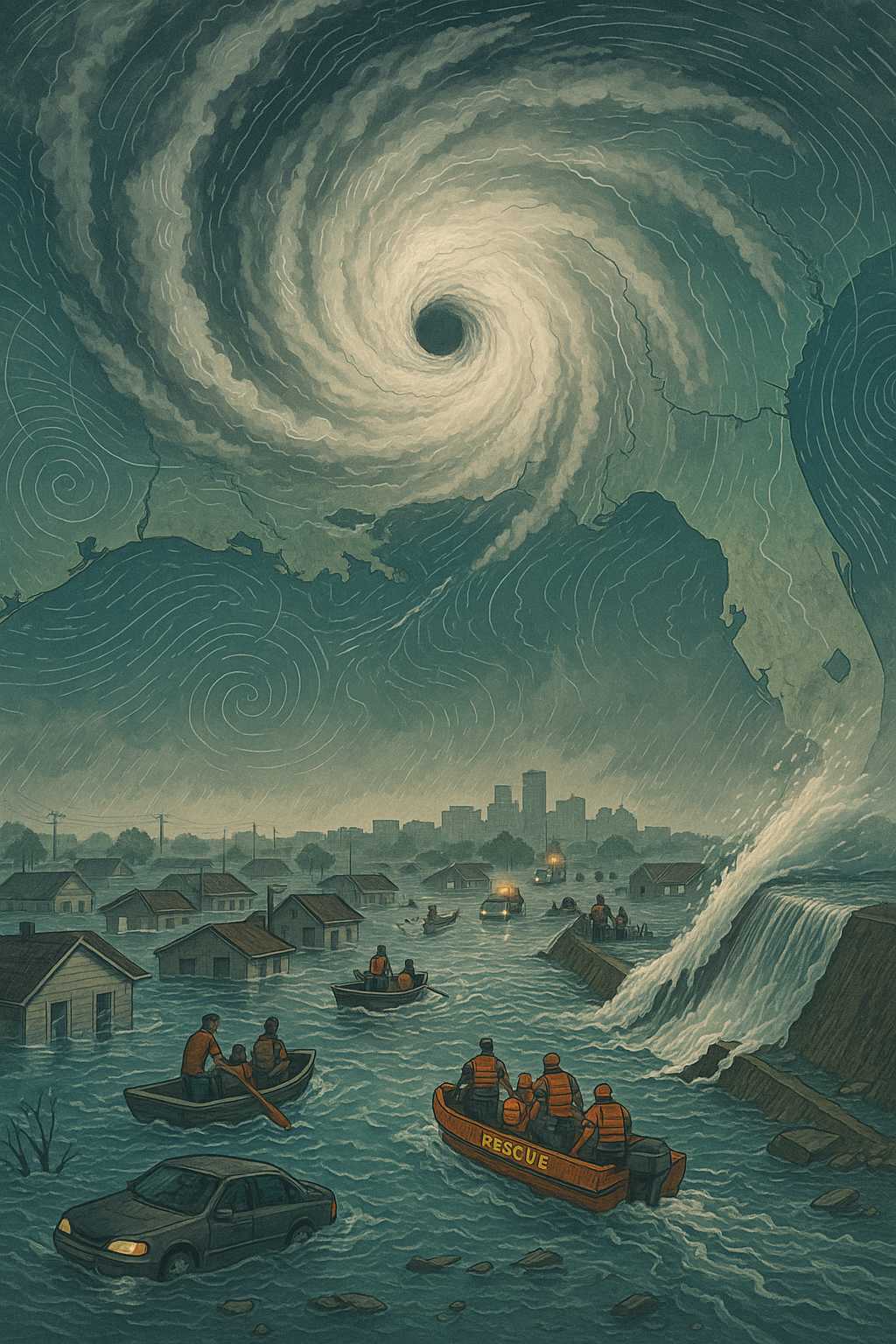When Hurricane Katrina struck the Gulf Coast in late August 2005, it became one of the most catastrophic natural disasters in U.S. history. As a meteorologist, I find Katrina to be a powerful case study in both extreme weather systems and their profound human impacts.
How Do Hurricanes Like Katrina Form?
Hurricanes, or tropical cyclones, form over warm ocean waters—typically above 26.5°C (80°F). Katrina began as a tropical depression over the Bahamas on August 23, 2005. Fueled by exceptionally warm waters in the Gulf of Mexico, the storm rapidly intensified, reaching Category 5 strength at its peak.
Hurricanes are complex, drawing energy from the ocean and using the earth’s rotation (the Coriolis effect) to organize their spinning structure. The towering cumulonimbus clouds of a hurricane produce intense rainfall, and the tightly packed winds can rotate at speeds exceeding 175 mph—as Katrina did at its strongest.
Landfall and Devastation
Katrina made its most devastating landfall near Buras-Triumph, Louisiana, on August 29 as a Category 3 hurricane with sustained winds of 125 mph. The resulting storm surge overwhelmed the levees that protected New Orleans, flooding about 80% of the city.
The storm surge, not the winds, caused most of the devastation. Water levels rose over 25 feet in some locations along the Mississippi coast. Flooding displaced hundreds of thousands of residents, leading to long-term housing crises and economic hardship.
Human and Community Impact
More than 1,800 lives were lost, and over a million people were displaced. Communities faced not only immediate threats—such as drowning and injuries—but also long-term challenges like mold-related illnesses and psychological trauma. The disaster disproportionately affected vulnerable populations, exposing deep issues related to poverty and infrastructure resilience.
Katrina prompted nationwide conversations about emergency response, levee design, and climate adaptation. Many neighborhoods in New Orleans have rebuilt, thanks to the resilience of their residents. Yet, the scars remain visible in both the physical landscape and collective memory.
Safety Tips for Hurricane Preparedness
Events like Katrina underscore the importance of preparation:
- Have an evacuation plan. Know local routes and shelters.
- Stock emergency supplies: Water, non-perishable food, flashlight, medications.
- Protect your home: Install storm shutters and reinforce doors.
- Stay informed: Monitor official weather forecasts and heed evacuation orders.
Studying Hurricane Katrina reminds us that while we can never fully predict or prevent extreme weather, science and preparation can help us mitigate losses and save lives. Understanding these systems—and their human cost—remains essential.


Leave a Reply